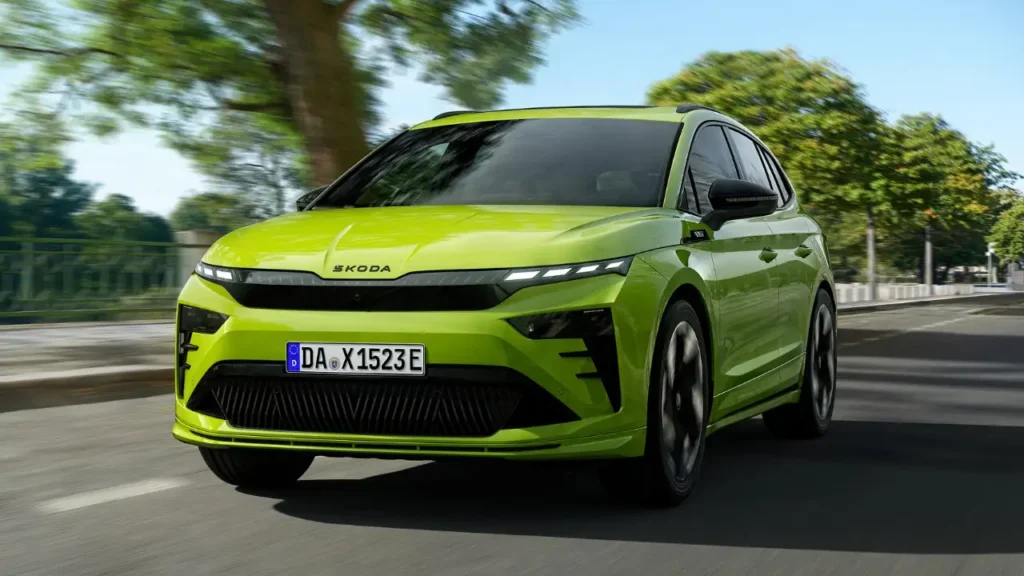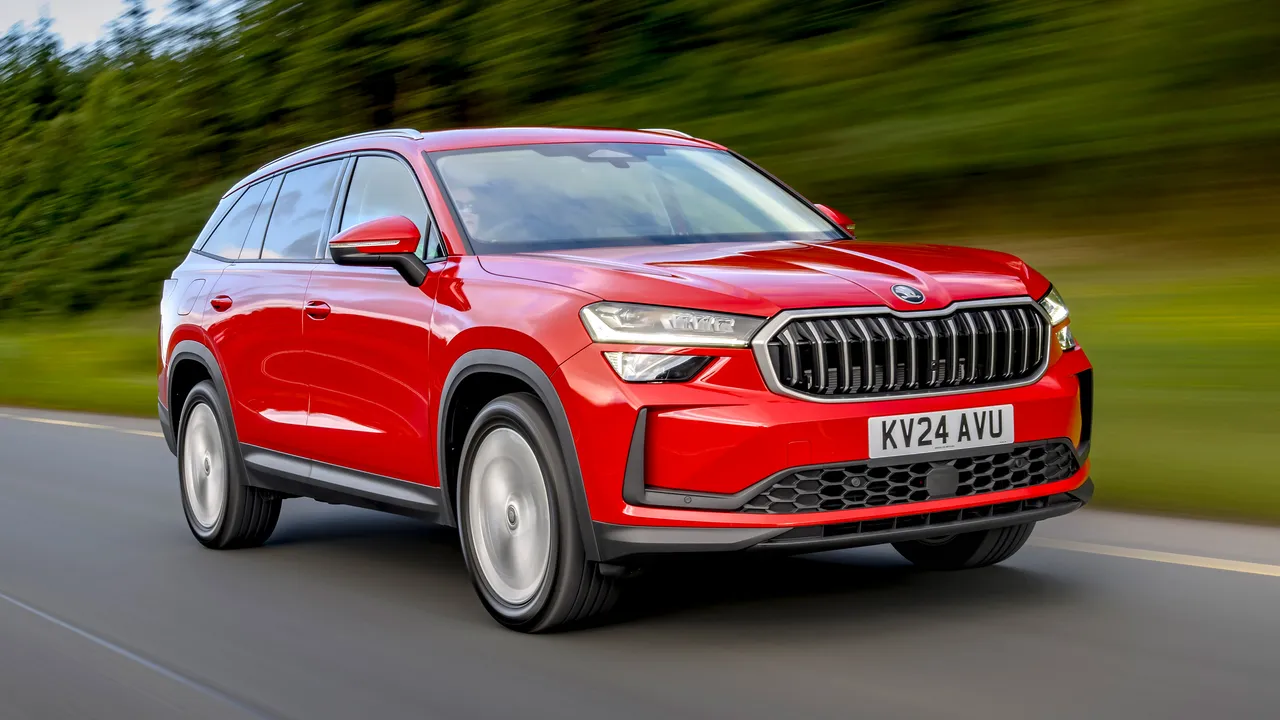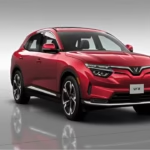Skoda Auto, a brand known for its solid engineering and sleek European design, has faced a significant challenge in recent years: a decline in sales, particularly in urban segments. Despite a strong reputation for quality and performance, the Czech automaker is struggling to maintain its position in one of the most competitive and rapidly evolving markets in the world—India. With urban buyers increasingly prioritizing convenience, affordability, and style, Skoda is finding it tough to navigate the shifting consumer preferences. This article delves into the reasons behind Skoda’s sales decline in the urban segments and explores the steps it may need to take to regain momentum.
1. Changing Consumer Preferences in Urban Markets
One of the primary reasons for Skoda’s sales slump is the changing preferences of urban car buyers. Historically, Indian cities have been home to a large number of consumers who prioritized value, practicality, and quality in their vehicle purchases. While Skoda has long been known for offering premium sedans and compact cars, the demand for such vehicles is waning in favor of compact SUVs and crossovers.
In urban areas, buyers are increasingly opting for vehicles that offer higher ground clearance, better road presence, and enhanced features suited for city driving. The rise in popularity of vehicles like the Hyundai Creta, Kia Seltos, and Tata Nexon has created a shift in the market, where urban buyers now favor SUVs for their versatility and modern aesthetics. Skoda’s sedan offerings, such as the Rapid and Octavia, while well-regarded, no longer align with the preferences of the majority of city dwellers, especially younger buyers looking for more rugged and feature-packed options.

2. Intense Competition from Established Brands
Skoda faces fierce competition from both domestic and international automakers. In the compact SUV and premium hatchback segments, where Skoda previously enjoyed some success, brands like Hyundai, Maruti Suzuki, and Honda have dominated the market. These manufacturers offer vehicles that meet the growing demand for value-for-money and stylish, feature-rich cars at competitive prices.
Moreover, newer entrants like Kia Motors have disrupted the market with their bold designs and feature-packed offerings. The combination of affordability, stylish designs, and advanced technology has allowed brands like Hyundai and Kia to capture significant market share in urban regions. This has left Skoda struggling to differentiate itself and maintain its position in the market.
3. Pricing Issues
Skoda’s positioning as a premium brand has made it difficult to compete in the highly price-sensitive Indian market, especially in the urban segments. While Skoda vehicles are known for their superior build quality and European design, they often come with a premium price tag. This pricing strategy has limited the brand’s appeal, particularly in urban areas where consumers are increasingly looking for affordable, feature-packed cars that don’t break the bank.
While Skoda’s models may offer a high level of quality, they often fall outside the budget of many city dwellers, who are drawn to value-oriented options that deliver great features at a competitive price. Skoda’s higher price points, coupled with the presence of more budget-friendly competitors, have resulted in fewer urban buyers opting for its vehicles.
4. Lack of Focus on Small Car Segment
Another contributing factor to Skoda’s decline in urban sales is its relatively limited focus on the small car segment. The urban market is driven by compact hatchbacks, sedans, and entry-level SUVs that cater to the needs of city dwellers. However, Skoda’s portfolio has predominantly consisted of mid-size and premium sedans and SUVs, leaving a gap in the smaller, more affordable segments.
In recent years, models like the Skoda Fabia and the Rapid have struggled to make a significant impact in a market that has seen the rise of more affordable alternatives from Maruti Suzuki, Hyundai, and Tata Motors. These brands have excelled in offering compact cars that meet the needs of urban buyers, offering a combination of affordability, fuel efficiency, and modern features. As a result, Skoda has failed to capitalize on the booming small car market, further exacerbating its sales decline.
5. Perception of Outdated Technology
Skoda vehicles, while well-built, have struggled to keep up with the rapid technological advancements in the automotive industry. In urban markets, consumers expect more than just quality; they want advanced features like touchscreen infotainment systems, advanced safety features, connectivity options, and hybrid or electric variants. While Skoda offers some of these features, its models are often perceived as lagging behind in terms of technology compared to its competitors.
Brands like Hyundai and Kia have set new benchmarks for in-car technology, offering intuitive infotainment systems, smartphone connectivity, and a host of safety features as standard. Skoda, on the other hand, has been slower to adopt some of these innovations in its urban-oriented models, leaving potential buyers disappointed by the perceived lack of advanced technology in Skoda’s vehicles.
6. Dealer Network and After-Sales Service
Another area where Skoda has faced challenges is in its dealer network and after-sales service. While Skoda has a presence in India, its network of service centers and dealerships is not as extensive as some of its competitors. In urban areas, where convenience and easy access to service centers are critical, this limitation has deterred potential buyers.
After-sales service plays a crucial role in customer satisfaction, and any deficiencies in this area can significantly impact a brand’s reputation. Skoda’s after-sales service, while generally reliable, has faced criticism for not being as seamless or widespread as that of its rivals. This gap in service infrastructure could be a key factor contributing to its struggles in retaining urban customers.
7. Need for Product Revitalization
To turn things around, Skoda must focus on revitalizing its product lineup. One key strategy could involve launching more compact SUVs or crossovers that cater to the growing demand in urban areas. With models like the Skoda Kushaq, the brand has made strides in addressing the SUV demand, but further investment in this segment is essential to staying competitive.
Additionally, Skoda can consider launching updated versions of its sedans with improved features and competitive pricing. The introduction of hybrid and electric variants could also help the brand stay relevant in the evolving automotive landscape, where sustainability is becoming a key consideration for many consumers.
Conclusion
Skoda’s battle to maintain market share in India’s urban segments is a result of a combination of factors, including changing consumer preferences, fierce competition, pricing issues, and a lack of focus on the small car market. To regain its footing, the brand must embrace the evolving trends in urban mobility, including compact SUVs, modern technology, and sustainability. With the right adjustments, Skoda can reclaim its position in the market and once again become a major contender in the Indian automotive industry.







